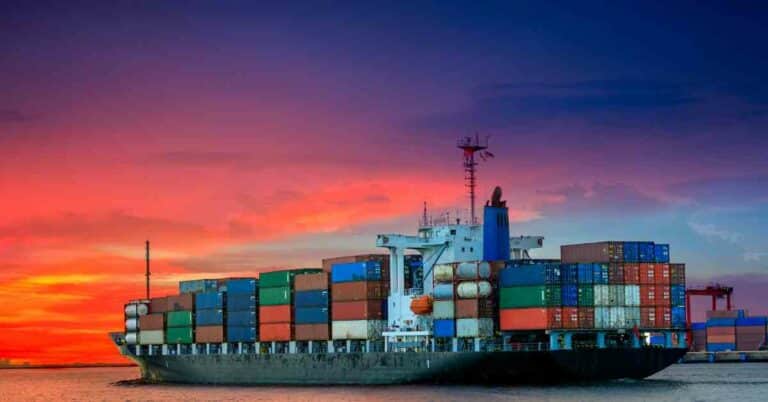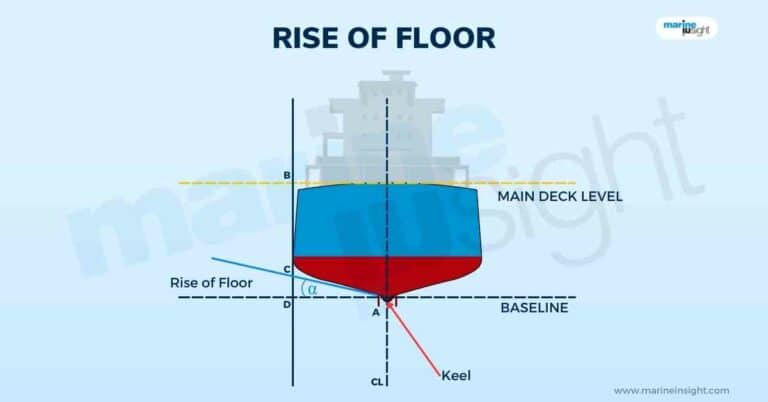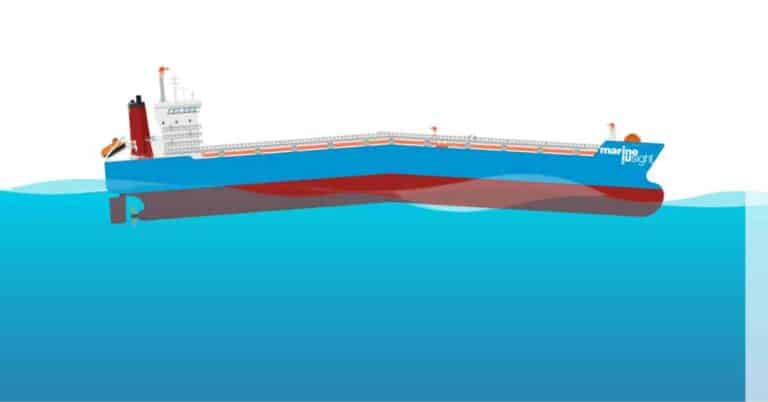How Are Containers Stacked And What is Stacking Weight ?
How are shipping containers stacked on board ships and how is stacking weight calculated. Let’s find out inside this article.

How are shipping containers stacked on board ships and how is stacking weight calculated. Let’s find out inside this article.

Do you know what is the rise of floor in a vessel and how it is determined? Find out more in this article.

Vessel Particulars are all the quantitative and definite aspects that define the vessel from its physical, design, functional and other general aspects.

A deck seal is like a preventive system or stopper mechanism that prevent the backflow of the inert gas and oil vapour mixture to its sources. Find out more about deck seal inside the article.

The margin plate is the plate at the side extremities of the inner bottom, that is, the point where the inner bottom plating meets the side shell of the vessel or the inner side shell plate.

Reserve buoyancy is the balance amount of buoyancy that the vessel can offer. Read the article to understand reserve buoyancy of ships in detail.

Fatigue analysis in ships is carried out mainly using the simplistic methods discussed above and sometimes using probabilistic ways based on past data of similar vessels.

Do you know why the left and right side of a vessel is called port and starboard? Do you know the reason for the origin of these terms and their significance? Find out in the article inside.

The hull is the main floating body of any vessel and contributes to the buoyancy that keeps the vessel afloat by displacing water. Know about the different parts of a ship’s hull in this article.
"*" indicates required fields